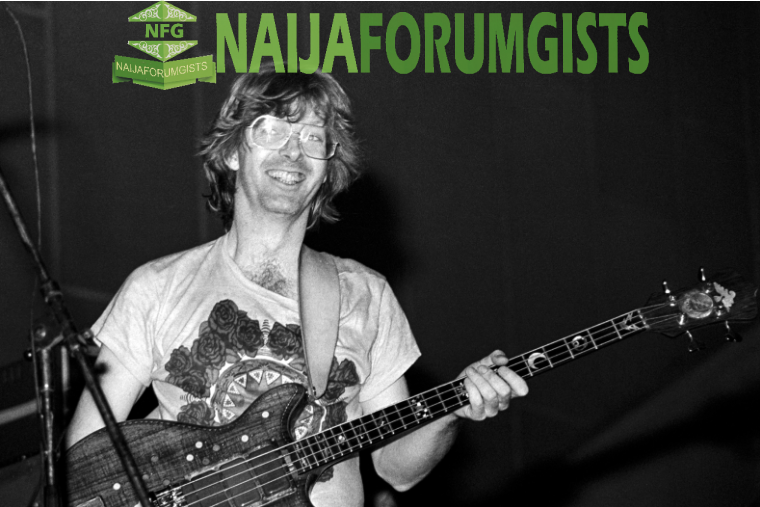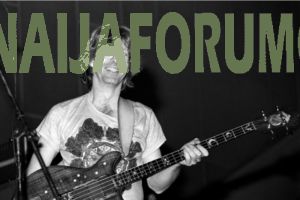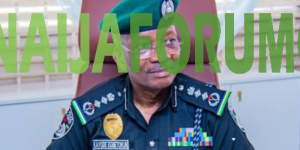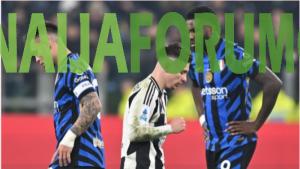Phil Lesh, bassist and co-founder of the Grateful Dead, died at 84.

Long-form improvisation, electronic experiments, and nightly free-form “space” interludes were encouraged by the musician.

In 1978, Lesh performs with the Grateful Dead. Phil Lesh, a classically trained musician who co-founded the Grateful Dead and whose unconventional bass playing led the band into some of its most experimental directions, passed away on Friday at the age of 84. Ed Perlstein/Redferns/Getty Images
A brief statement read, “Lesh’s death was announced on social media: This morning, bassist and Grateful Dead founder Phil Lesh passed away peacefully. He was filled with love and was surrounded by his family. Phil left behind a legacy of love and music that brought immense joy to those around him. At this time, we ask that you respect the privacy of the Lesh family. The death was not identified.
Lesh shared a close relationship with lead guitarist Jerry Garcia for three decades, beginning when the Dead were still known as the Warlocks. He also claimed responsibility for their electronic experiments, nightly free-form “space” interludes, and long-form improvisational tendencies. Lesh continued to be an active keeper of the band’s live flame in various configurations with former band members and in several iterations of Phil Lesh and Friends after the group disbanded in 1995 due to Garcia’s death. The latter featured a large number of guests who belonged to the extensive, multigenerational improvised rock community.
The Dead’s senior member, Philip Chapman Lesh, was born in Berkeley, California, on March 15, 1940. His father worked on office equipment, and his parents owned a repair company together. Lesh played viola and trumpet in school however bit by bit turned out to be more keen on forming than in performing. He went to UC-Berkeley and made friends with Tom Constanten, a more musically adventurous student who would later play keyboards with the Dead, but he dropped out during his first semester. At Mills College, Constanten took a class taught by the great Italian avant-garde composer Luciano Berio. There, he met the future minimalist figurehead Steve Reich, with whom he collaborated on a musical “happening” called Event III/Coffee Break. Constanten was one of the students.
According to Lesh’s 2005 memoir, “as if by an unseen hand,” he had been directed to a house party in the Bay Area where he met Garcia in 1959. Following a 1964 Warlocks performance, Garcia reconnected with Lesh and extended an invitation to him to join the band on bass guitar, which Lesh had never played before. The following year, Lesh performed his first show with the Warlocks at the Bikini A-Go-Go in Hayward, California. The renamed Grateful Dead became Ken Kesey’s infamous Acid Tests’ house band. These evenings that blurred the distinction between band and audience profoundly affected Lesh, a fervent proponent of psychedelics as evidence of “a spiritual realm.”
Lesh claims that the Grateful Dead performed “electric chamber music.” As a bassist, Lesh was primarily influenced by Johann Sebastian Bach’s counterpoint style, which describes the relationship between two distinct but interdependent musical voices. He played his instrument like a low guitar, usually with a pick, and often like a lead instrument when he wasn’t dropping his infamous “bass bombs.” On the band’s second album, Anthem of the Sun, Lesh suggested overdubbing several different live versions of “The Other One” on top of one another and letting them drift apart. This was a prominent example of the group’s intense musical experimentation during the 1960s. He told Rolling Stone in 2014, “I have nostalgic feelings for that psychedelic-ranger era, when we would play Anthem live in its entirety.” Each time it was apocalyptic.”
Among Lesh’s few Dead songs, “Box of Rain” and “Unbroken Chain” were warm, psychedelic masterpieces. He played the high notes in the four-part harmonies that the band mastered for Workingman’s Dead and American Beauty, but despite occasional requests from the audience to “let Phil sing,” he eventually gave up singing. He contributed electronic bass to the abstract Seastones album by electronic musician Ned Lagin in 1975.
Even though touring had lost its appeal, Lesh continued to perform with the Dead throughout the increasingly difficult 1980s, when the band was plagued by drug abuse, the 1990s, and Garcia’s death. According to him, Jerry was the hub, “Rolling Stone.” We served as the links. And the music was the wheel’s tread.”
Lesh underwent a liver transplant in 1998 to treat the hepatitis C infection he had contracted decades earlier. He became a passionate advocate for organ donors as a result of the procedure. In 2006, he beat prostate cancer.
Phil Lesh and Friends was the name given to a one-off acoustic concert in 1994 that featured a few Grateful Dead members. For the rest of his career, he would perform under this name with an ever-shifting musical cast. Trey Anastasio and Phish’s Page McConnell were on the band’s 1999 post-Dead debut. Under the name, Lesh also released three jam-packed rock albums.)
Lesh joined his former bandmates in various Grateful Dead repertory formations during the Aughts, including the Other Ones, the Dead, and Furthur, which also featured Bob Weir. Lesh published his autobiography Searching for the Sound in 2005. My time spent with the Dead.
Jill Lesh, whom he wed in 1984, became a close partner in all of his activities. In San Rafael, California, the Leshes opened Terrapin Crossroads, a restaurant and event space, in 2012. Grahame and Brian, their sons, are the house band, and the bassist has been known to accompany live Dead karaoke nights.
In 2015, promoter Peter Shapiro organized a series of “Fare Thee Well” shows in Chicago for Lesh and the rest of the Dead to commemorate their 50th anniversary. They were joined by Anastasio. I felt like Phil was my father. Being able to say that makes me feel very fortunate, Shapiro tells Rolling Stone. It is a good lesson to live life to the fullest because Phil did, and I am fortunate to have performed so many shows with him and his magical energy and bass.
Lesh announced that he had bladder cancer that year. In 2010, he told Relix, “I’m one of those guys who’s always open.” See, there is no end to music. It can be done in an infinite number of ways, and there are an infinite number of melodies that can accompany a one-four-five progression; there are no boundaries or floors.








